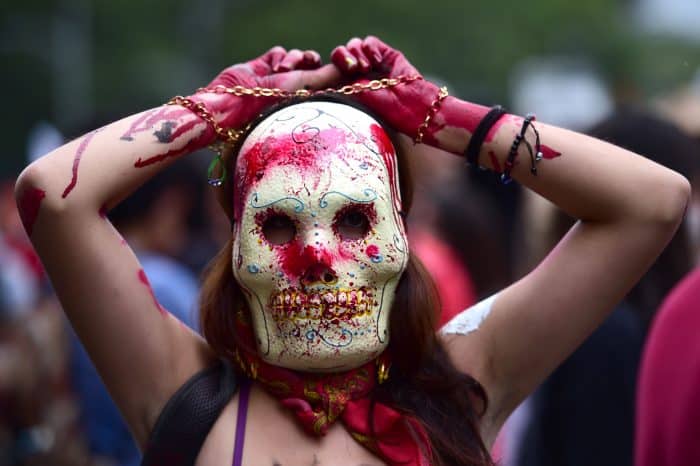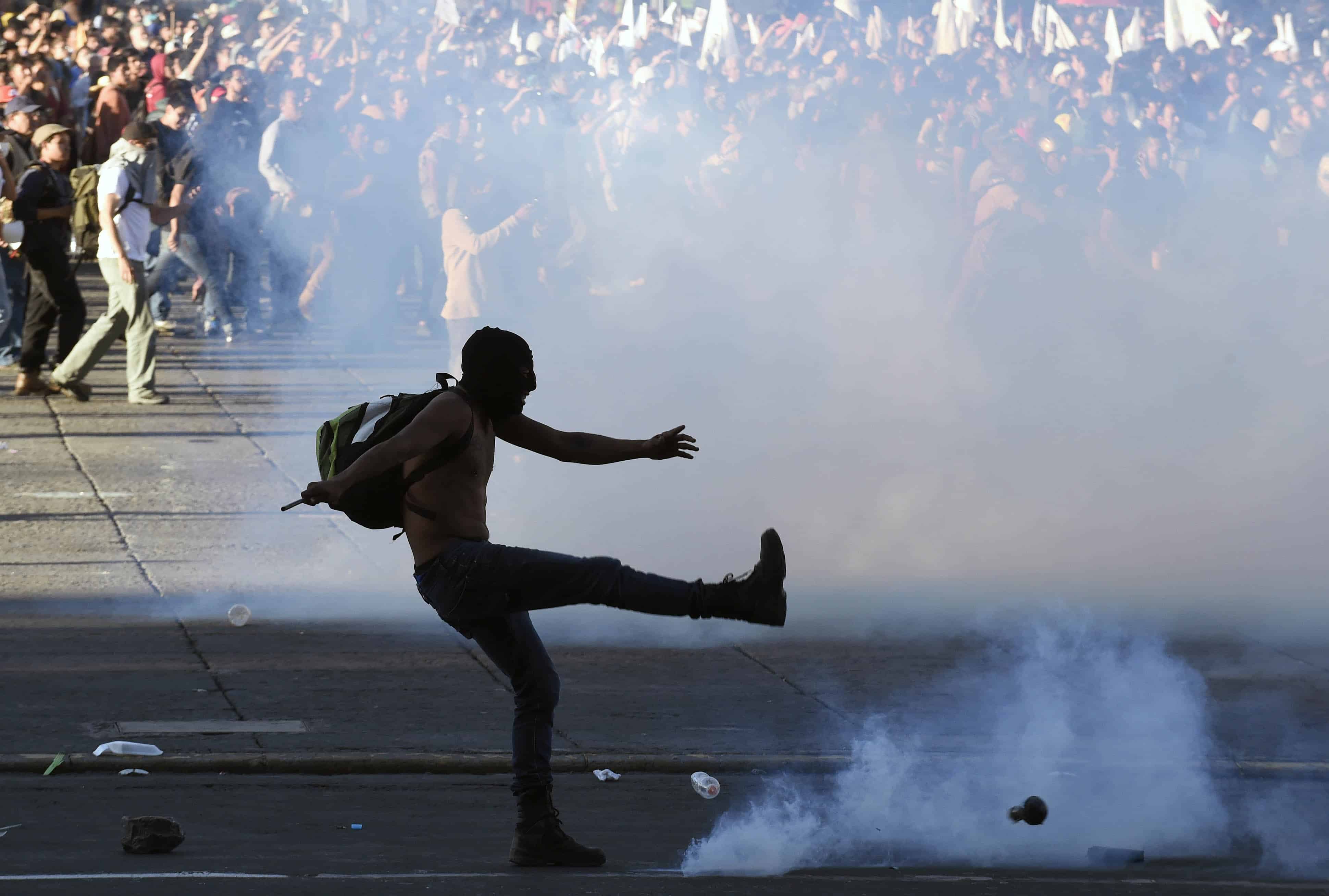MEXICO CITY – While Mexican prosecutors declared last year that 43 missing students were incinerated at a landfill, official documents show one gang suspect testified that at least nine were slaughtered elsewhere.
The office of Mexico’s attorney general posted on its website Sunday the 54,000 pages of documents from the much-criticized investigation into a case that has bedeviled President Enrique Peña Nieto’s administration.
A review by AFP of hundreds of pages found contradictory testimony among some of the more than 100 suspects who have been detained, including Guerreros Unidos drug cartel members and municipal police officers.
The report — a maze of documents divided into 85 tomes and 13 annexes with several typos and redacted information — was made public by Attorney General Arely Gómez following freedom of information requests from journalists. It is rare for Mexican authorities to make investigative documents public online.
Gómez’s predecessor, Jesús Murillo Karam, concluded late last year that police in the southern city of Iguala attacked the students on Sept. 26, 2014, after they had seized buses for a protest in Mexico City.
Murillo Karam said the officers abducted 43 students and handed them over to the Guerreros Unidos drug gang, which confused them with rivals, killed them and incinerated their bodies at a garbage dump in the neighboring town of Cocula.
But parents of the students have never accepted the official conclusion.
Last week, Gómez invited international forensic experts to reinvestigate the landfill after independent experts from the Inter-American Commission on Human Rights found no scientific evidence that the 43 students were burned to ashes there.
Tomás Zerón, the prosecutors’ chief of investigations, insisted that a “large” number of students were incinerated at the dump, although he acknowledged that he could not confirm whether it was all 43.

Killed on a hill
But the newly released documents include the testimony of Marco Antonio Ríos Berber, a confessed member of the Guerreros Unidos, who said 13 students were taken to a hill on the outskirts of Iguala, where at least nine were killed.
Ríos Berber testified that he was ordered to buy diesel fuel and that when he returned, three students had been shot in the head by two other gang members, including one nicknamed “Chuky” or “Choky.”
The bodies were tossed in a pit and incinerated with the diesel. A vehicle arrived later with the 10 other students.
“I shot two in the head” and four more were killed by other gang members, Ríos said. He added that the six bodies were thrown in the pit, incinerated and covered with dirt and tree branches.
“They left the four others tied up. They had beaten them and left them unconscious,” he testified. He said he went home at 3 a.m. on Sept. 27 and did not know what happened to the other students.
An official in the attorney general’s office said Ríos’ was another line of investigation, not a contradiction.
The official said the “hypothesis of the garbage dump is the most conclusive” because it relies on confessions and forensic evidence.
In October 2014, Guerrero state prosecutors said hit men confessed to killing and burying 17 students on the same hill.
A mass grave was found on the hill that same month with 28 bodies inside, but DNA tests showed none were those of the students.
Consulta el expediente del Caso #Iguala aquí: http://t.co/ZK5J5FaHSv #Transparencia pic.twitter.com/i5S4hWNQ1u
— FGR México (@FGRMexico) October 11, 2015
15 asphyxiated
The published file includes other testimonies that Murillo Karam used to conclude that the students were killed and incinerated in Cocula, though even they had some contradictions.
One suspect said he saw around 30 students transported in a truck to the landfill while another saw around 40. Neither gave a precise figure.
Confessed hit man Jonathan Osorio Cortes, alias “Jona,” said 15 students were already dead when they arrived at the dump because they died from asphyxiation from being piled on top of each other in the back of the truck.
Another one arrived dead with bullet wounds.
Survivors were either shot in the head or beaten to death with a tree trunk after some were interrogated over whether they were infiltrated by the rival Rojos gang, he said.
Their bodies were then burned in a funeral pyre of wood, tires and diesel.
Another suspect said the ashes were dumped in eight black trash bags and tossed in a river an hour’s drive away.
Authorities have only confirmed the identity of one student among those remains while DNA tests partially identified another one.






